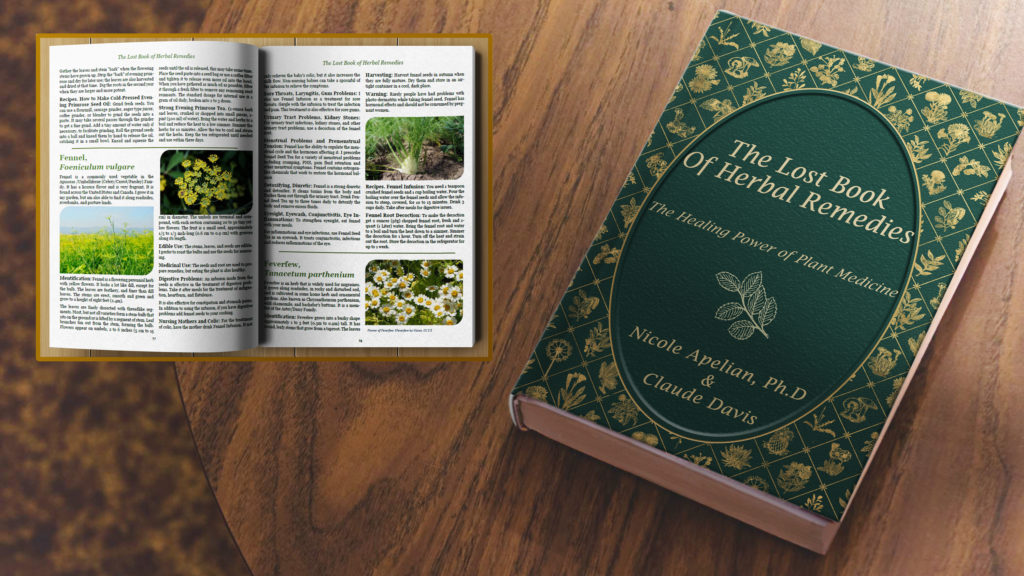Dandelion: My Top 5 Medicinal Uses!
As a child I first fell in love with dandelion and its puff-ball seed heads as I blew them into the wind with wild abandon. This well-known plant, commonly regarded as a weed, is a wonderful free source of food and medicine.
Basic Identification: Dandelion grows from a very long tap-root. This perennial grows up to a foot in height and flowers from April to June. Its bright yellow flowers gradually go to seed in large familiar “puff” balls full of seeds. Its leaves grow from the base of the plant in a rosette of long green leaves with highly jagged edges. The edges are said to resemble a lion’s tooth, giving the plant its name.
Medicinal Uses The entire dandelion plant can be used. The bitter roots are good for liver and gastrointestinal issues, while the leaves have a powerful diuretic effect. The plant makes a great general tonic for the entire body. Dandelion is high in vitamins, minerals, and antioxidants. I usually use dandelion in tincture form for internal use.
Here are my 5 most common uses for Dandelion:
- Liver Protection & Healing: Vitamins and antioxidants in dandelion both protect the liver and keep it healthy. Dandelion helps protect the liver from toxic overload. Dandelion tea and tinctures are used to treat non-alcoholic fatty liver disease, cirrhosis, and hepatitis. Dandelion leaves are a powerful diuretic and blood purifier. They stimulate the liver and gallbladder while eliminating toxins through the production and excretion of urine. They also help flush the kidneys.
- Digestion Problems, Liver, and Gallbladder Function: Dandelion root is used to aid digestion and benefits the kidneys, gallbladder, and liver. The root stimulates bile production, helping with the digestion of fats and toxin removal. It also helps prevent gallstones. Dandelion contains inulin, a carbohydrate that helps maintain healthy gut flora and helps regulate blood sugar levels. The plant is rich in fiber, which adds bulk to the stool, reducing the chances of constipation, diarrhea, and digestive issues.
- Controls Blood Sugar: Dandelion has several effects that help diabetic patients. Dandelion juice stimulates the production of insulin in the pancreas, which helps regulate blood sugar levels and prevent dangerous blood sugar swings. As a natural diuretic it helps remove excess sugars from the body. It also helps control lipid levels.
- Fights Inflammation and Arthritis: Dandelion contains antioxidants, fatty acids, and phytonutrients that help reduce inflammation in the body. Inflammation is the root cause of many diseases, such as arthritis, and dandelion helps relieve swelling and related pain in the body. Taraxasterol, found in dandelion roots, has shown great promise for Osteoarthritis.
- Skin Wounds, Acne, and Warts: I apply fresh dandelion juice or tea on the skin to help wounds heal and to fight infection. Dandelion sap, sometimes called dandelion milk or latex, is useful to treat ringworm, eczema, acne, and warts. Apply the dandelion sap directly to the affected skin (note that some people are allergic to dandelion sap, so watch for signs of dermatitis on first use.).
Dandelion has many more medicinal uses. My book, The Lost Book of Herbal Remedies: The Healing Power of Plant Medicine has over 13 uses for this herb, along with detailed harvesting advice for this and many other easy to find plants. It also has instructions on how to make tinctures right in your own home. Nature does indeed provide!
Safety
Dandelion is generally considered safe, although some people may be allergic to it. Do not take dandelion if you are allergic to plants from the same Aster/Daisy family. Do not take dandelion if you are pregnant and consult your doctor if nursing.
Do you DIY?
Are you interested in making your own herbal remedies at home and learning about the many plants, lichens, and mushrooms you can find out your own back door? If so please pick up a copy of my book: “The Lost Book Of Herbal Remedies: The Healing Power of Plant Medicine” today!







